Your cart is currently empty!
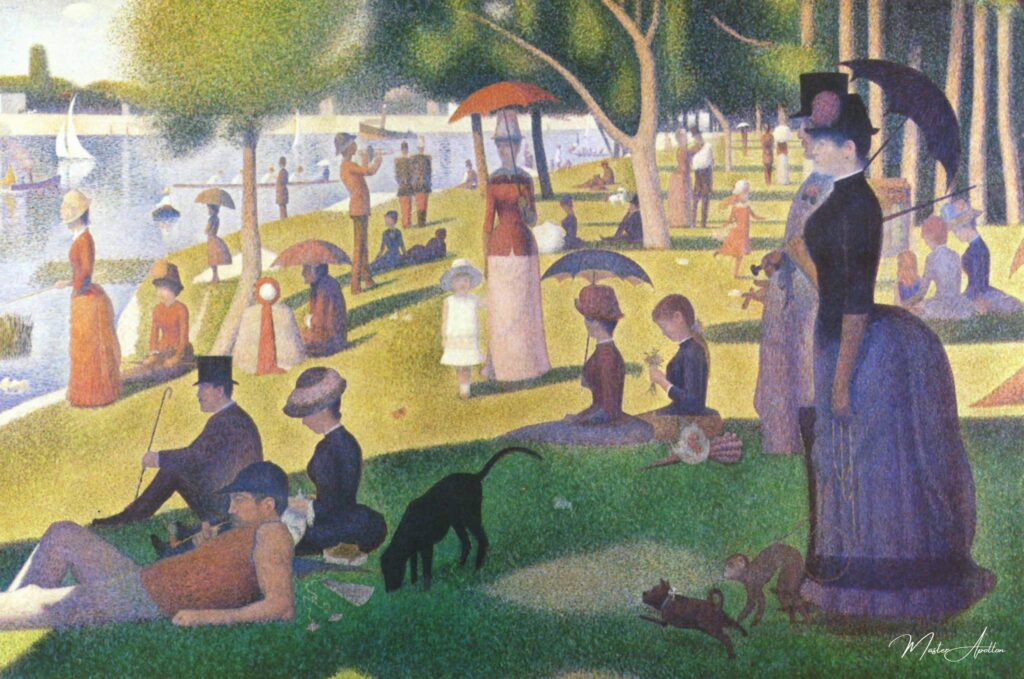
A Sunday Afternoon on the Island of La Grande Jatte – Georges Seurat
This oil painting reproduction of “A Sunday Afternoon on the Island of La Grande Jatte” by Georges Seurat is a masterpiece that captures the essence of 19th-century Parisian life in exquisite detail. Crafted with the highest quality materials and meticulous attention to detail, this reproduction brings the iconic artwork to life with stunning accuracy.
Using a combination of traditional techni…
Georges Seurat’s A Sunday Afternoon on the Island of La Grande Jatte: An In-Depth Exploration
Georges Seurat’s A Sunday Afternoon on the Island of La Grande Jatte (1884-1886) stands as a hallmark of modern art, combining meticulous technique with profound social commentary. This iconic painting captures the leisurely pursuits of Parisians on an island in the Seine River, offering insights into the cultural dynamics of 19th-century France. This article delves into the background, interpretation, painting techniques, and cultural impact of this masterpiece, illustrating its significance in the art world.

Background
Creation
Seurat dedicated two years to the meticulous crafting of La Grande Jatte, from 1884 to 1886. This commitment to detail is evident in his numerous preparatory sketches and oil studies, the most notable of which is housed at the Metropolitan Museum of Art in New York City. Seurat’s artistic process involved a thorough exploration of composition and color, emphasizing his dedication to creating a work that was not only visually striking but also rich in meaning.
Location
The painting depicts La Grande Jatte, an island in the Seine River, which served as a popular retreat for Parisians seeking solace from the urban hustle. The island, once a serene escape for the bourgeoisie, has since undergone significant transformation, evolving into a public garden and residential area. This change in its status reflects the broader social shifts occurring in Paris during the late 19th century, making Seurat’s choice of setting all the more poignant.
Technique
Seurat is best known for pioneering the technique known as pointillism, or Divisionism, as he termed it. This method involves applying small dots of pure color to the canvas, allowing the viewer’s eye to optically blend them. Seurat believed that this technique produced a more vibrant and dynamic color palette than traditional brushwork, effectively enhancing the luminosity of his paintings. The precise application of color and the careful planning of each dot exemplify Seurat’s innovative approach to creating a rich visual experience.
Exhibition and Impact
A Sunday Afternoon on the Island of La Grande Jatte made its debut at the eighth Impressionist exhibition in 1886, establishing Seurat as a leading figure in the Neo-Impressionist movement. The painting’s introduction to the public marked a turning point in art history, demonstrating a shift from Impressionism’s spontaneous brushwork to a more structured, scientific approach to color and composition. This transition laid the groundwork for future movements, influencing countless artists and shaping the trajectory of modern art.
Interpretation
Social Commentary
At its core, La Grande Jatte serves as a reflection of Parisian society in the late 19th century. Some art historians interpret the painting as a critique of rigid social classes, as each figure is depicted frozen in their societal roles. The arrangement of the characters, with their distinct attire and activities, highlights the disparities between different social groups. This commentary on social stratification invites viewers to ponder the complexities of urban life and the shifting dynamics of class relations.
Symbolism
The figures within the painting also carry symbolic meaning. For example, the fishing woman, prominently positioned, is often interpreted as an allusion to prostitution, suggesting a critique of moral standards and societal perceptions of women during this period. Additionally, the centrally placed girl in white, who gazes directly at the viewer, raises questions about the audience’s role and perception. This direct engagement invites viewers to consider their position in the social landscape Seurat portrays.
Connection to Bathers at Asnières
Seurat’s earlier work, Bathers at Asnières, contrasts with La Grande Jatte in its depiction of the working class enjoying leisure time. Many see the latter painting as a companion piece, juxtaposing the leisurely pursuits of various social classes. Historian William R. Everdell notes that Seurat’s aspiration was to depict “the moderns file past … in their essential form,” drawing parallels to the Panathenaic procession in the Parthenon frieze. This connection between the two works emphasizes Seurat’s desire to create a modern narrative reflecting the complexities of contemporary society.
Ambiguity
The open-ended nature of La Grande Jatte allows for multiple interpretations, making it a timeless piece that continues to provoke thought and discussion. The lack of explicit narrative encourages viewers to draw their conclusions about the interactions and relationships depicted, inviting a personal engagement with the artwork.
Painting Materials and Deterioration
Three Stages
Seurat employed a distinctive approach to color throughout the painting’s creation, utilizing different palettes in three distinct stages. Initially, he worked with traditional earth pigments, later transitioning to pure pigments to enhance the effects of pointillism. This evolution in his material choices reflects his growing mastery of technique and his commitment to achieving the desired visual impact.
Zinc Yellow Discoloration
One significant aspect of the painting’s deterioration is the use of zinc yellow, a relatively new pigment at the time. This pigment has darkened to brown over the years due to chemical reactions, impacting the original vibrancy and visual appeal of the piece. This discoloration serves as a reminder of the challenges of art preservation and the inevitable changes that artworks undergo over time.
Acquisition and Cultural Impact
Art Institute of Chicago
The painting’s cultural significance was further solidified with its acquisition by the Art Institute of Chicago in 1924, thanks to the efforts of art enthusiast and collector Helen Birch Bartlett. This purchase brought La Grande Jatte into the public sphere, allowing a broader audience to engage with Seurat’s work and solidifying its status as a cornerstone of modern art.
Popular Culture
A Sunday Afternoon on the Island of La Grande Jatte has permeated popular culture, influencing various forms of artistic expression. One of the most notable adaptations is the musical Sunday in the Park with George (1984) by Stephen Sondheim and James Lapine, which explores the relationship between art and life through the lens of Seurat’s creation. The painting has also made appearances in films, such as Ferris Bueller’s Day Off (1986), showcasing its enduring relevance and appeal. Additionally, its reimagining in topiary form at Topiary Park in Columbus, Ohio, exemplifies the painting’s ability to inspire creative interpretations across different mediums.
Conclusion
A Sunday Afternoon on the Island of La Grande Jatte transcends its visual allure, offering a complex reflection on Parisian life, social dynamics, and the evolution of art itself. Georges Seurat’s innovative techniques and thoughtful composition continue to captivate and challenge audiences over a century later. As a seminal work in art history, it invites viewers to explore the intricate layers of meaning within its dots of color, solidifying its place as a masterpiece that resonates with contemporary society.
Georges Seurat
Georges Seurat was a pioneering French painter known for developing the technique of pointillism, using tiny dots of color to create luminous and intricate scenes, most famously exemplified in his masterpiece A Sunday Afternoon on the Island of La Grande Jatte.
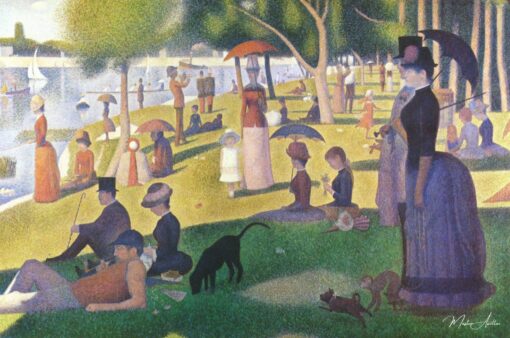
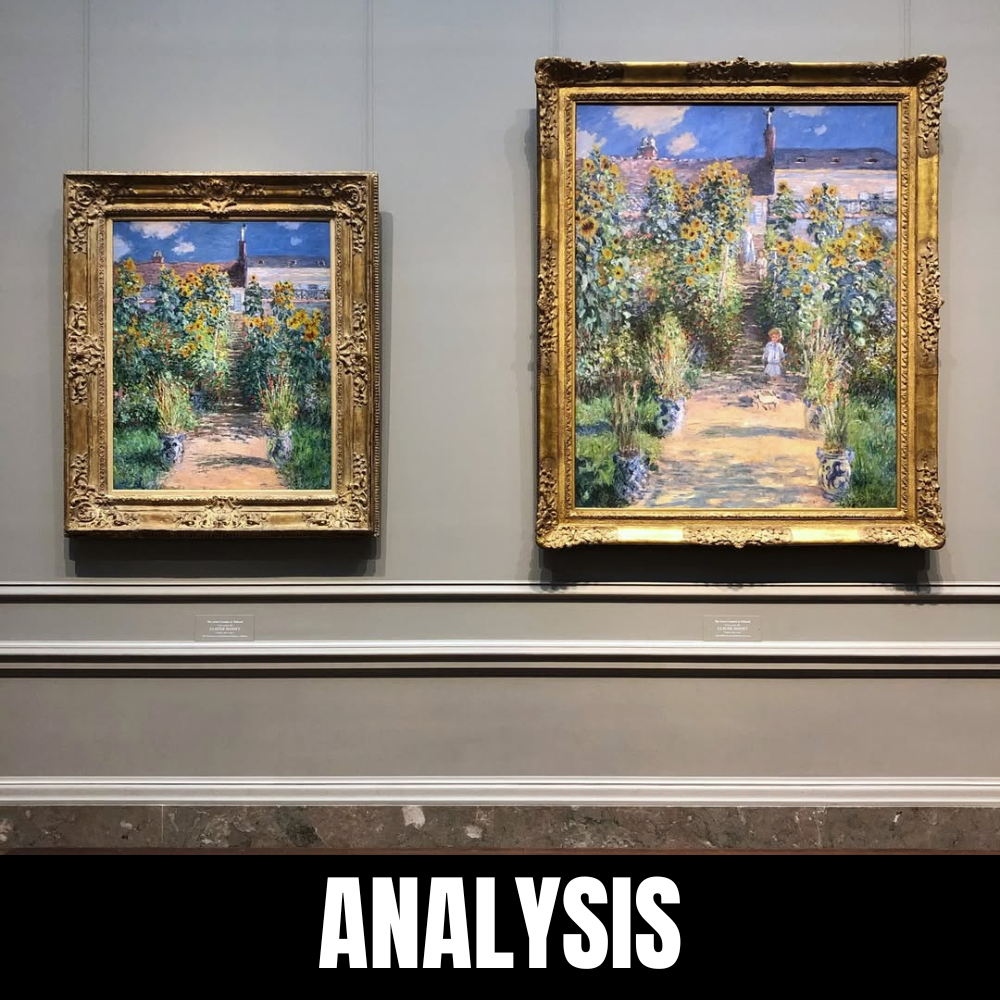
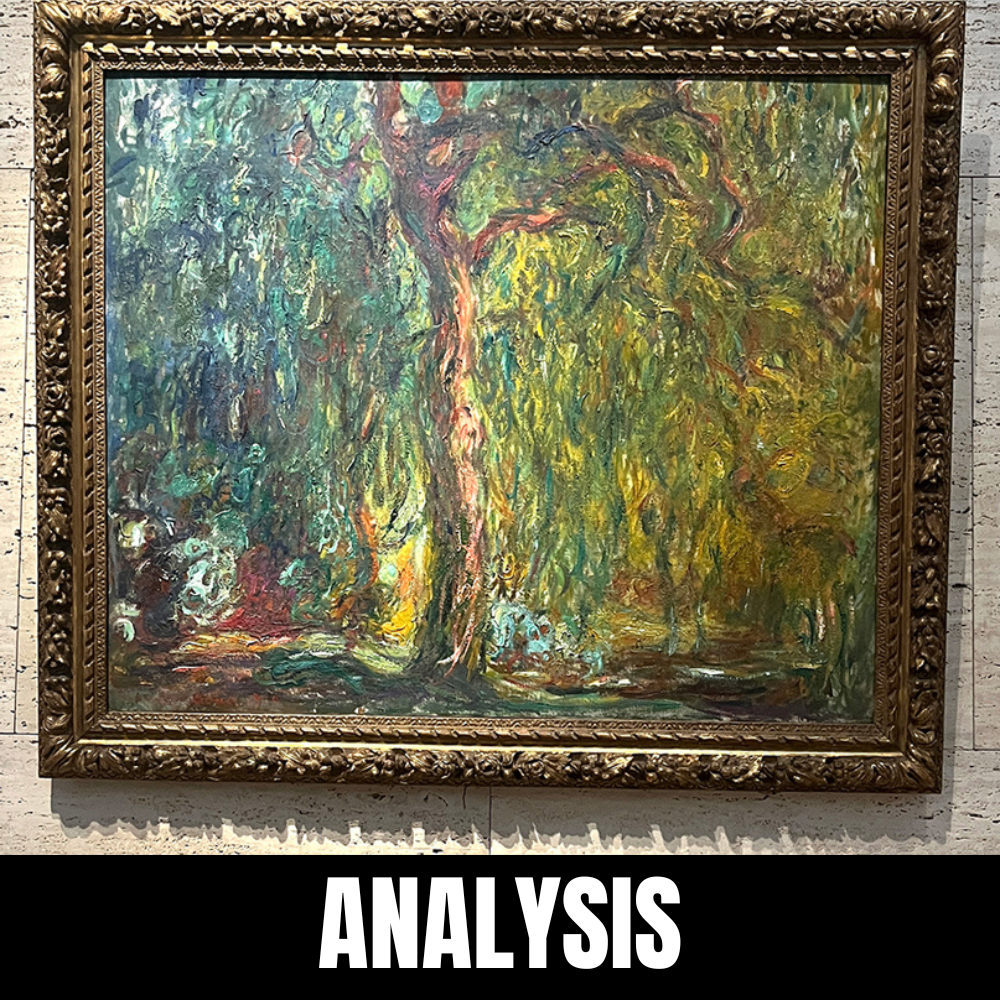
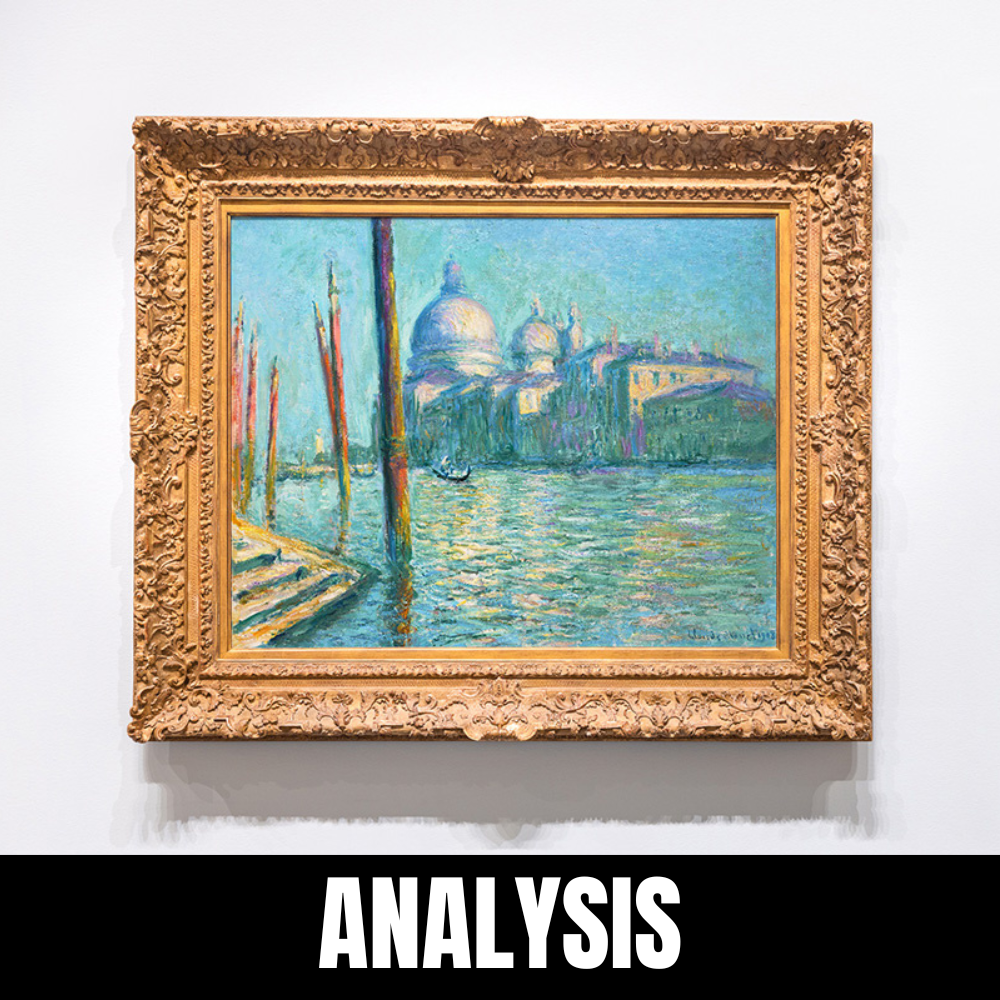
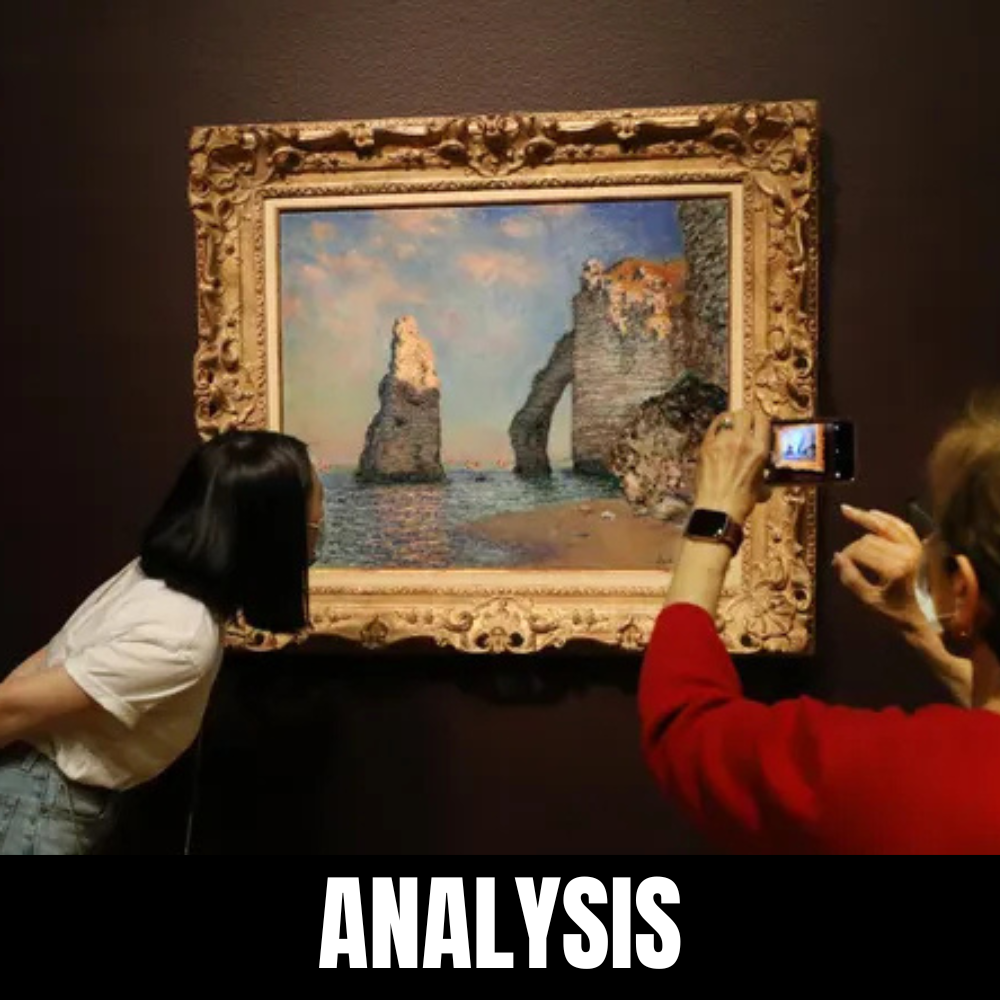
Leave a Reply